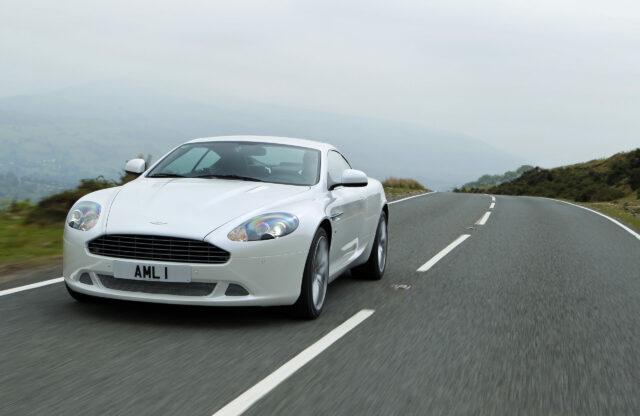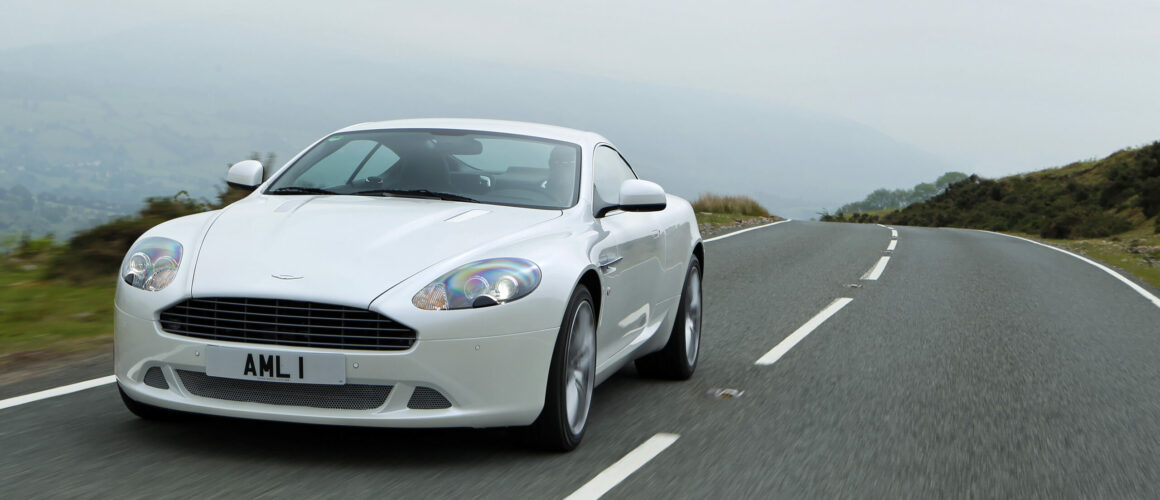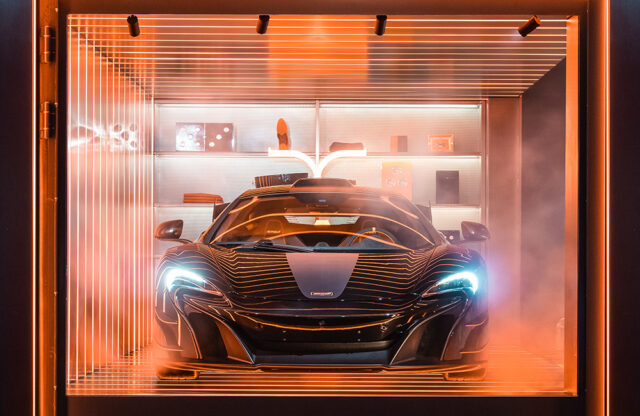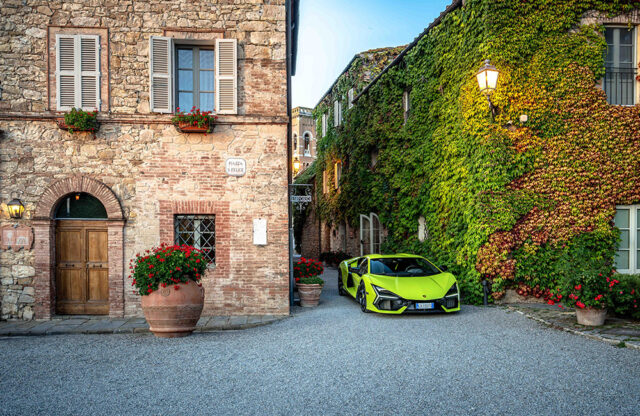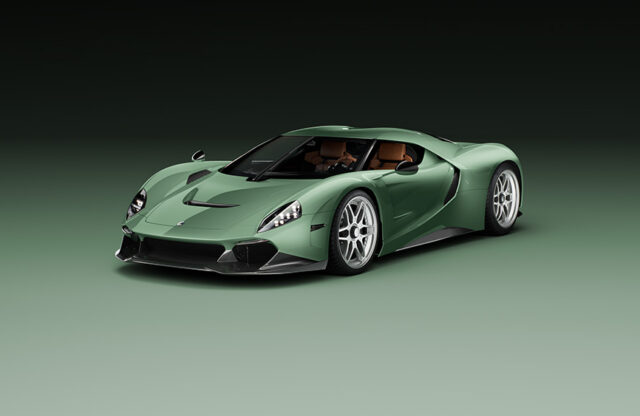As the very first car to be built at Aston Martin’s new headquarters in Gaydon, Warwickshire, the DB9 was an impressive piece of kit back in 2004. Thanks to continual upgrades to the chassis and powertrain it got even better over the years, and it is now a fantastic modern classic.
However, by the time the DB9 ceased production in 2016, the only thing the competition couldn’t match was that head-snapping styling. As it turns out, good looks and character are exactly what people desire in a classic, and that makes it a rather special machine.
Being an Aston, style and charm are in abundant supply. The V12 received minor updates throughout production, but the cultured growl from the tailpipes and effortless acceleration at just about any velocity are present in every version.
Both automatic and manual models were available, with a drop-top Volante entering the fray in mid-2004. Continual fettling with the basic formula means later-model cars offer a noticeably more cohesive package. Mid-2006 saw the arrival of a Sport Pack, which improved the handling at the cost of some ride comfort, while from 2009 DB9s received a power increase and chassis tweaks. The updates continued, with further changes being made in 2011 and 2013.
While the earlier cars can still offer plenty of driving enjoyment and a significant saving up front, none is cheap to maintain. If you get it wrong, your bargain may quickly turn into a money pit.
ENGINE

The 5.9-litre V12 was an updated unit from the DB7, and it benefitted from years of development work. A service every 10,000 miles or annually will help keep things working as they should. Some owners have had issues with faulty coil packs, however; a misfire or hesitation when accelerating are the warning signs. A recall regarding a battery-supply cable that could short circuit on the passenger seat also affected cars built in the early part of 2007.
GEARBOX
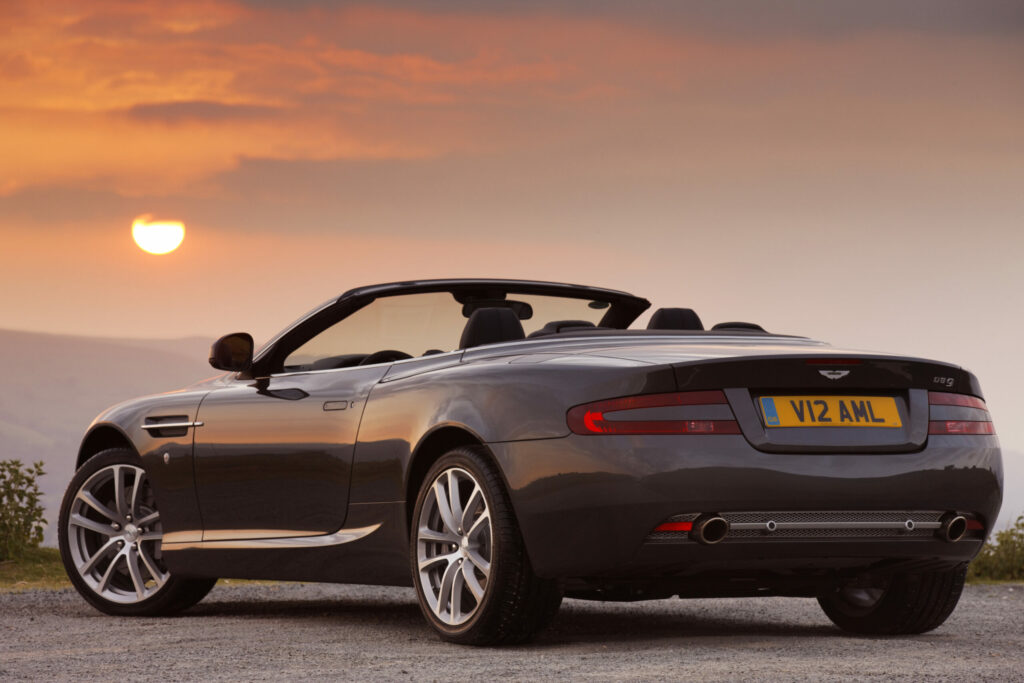
The DB9 came fitted with either a ZF-sourced six-speed automatic or a six-ratio manual gearbox. The autos are far more common and tend to provide trouble-free service. There was a recall on early examples for an issue with the parking brake not engaging, so check that this has been rectified. Another intermittent fault can occur where the transmission reverts to neutral, due to the specific control switches earthing with the chrome-plated surround.
Manuals tend to be the more desirable option for enthusiasts. Check that there is no crunching or resistance when changing into second, because this may indicate that the car has led a hard life. Evidence of frequent clutch swaps can also be a pointer. Around 15,000 miles between changes is considered normal.
SUSPENSION AND BRAKES
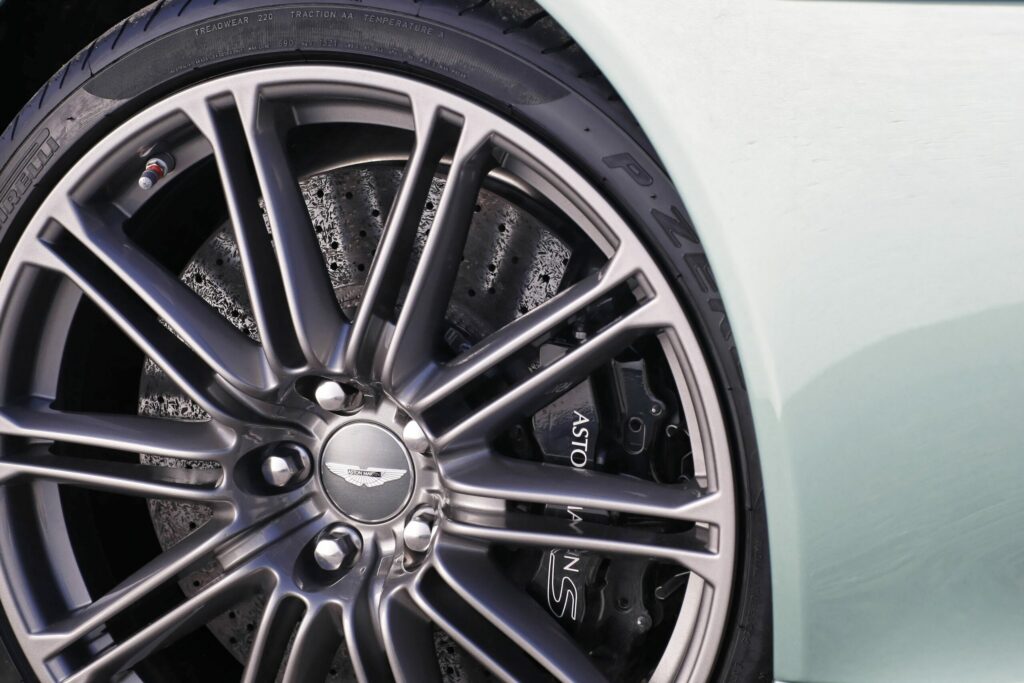
Two separate recalls were carried out regarding issues with the subframe-assembly bolts and front suspension-arm cambolts, which could negatively affect the steering responses. If your car was built between 2007 and 2009, make sure this was sorted out.
Suspension components should not exhibit any clunking or rattling, and uneven tyre wear may indicate damaged control arms or bad alignment. The rear tyres tend to wear out more quickly than the fronts, and do so with alarming regularity. Brake pads and discs should be trouble free, but the former require regular replacement because they wear out almost as quickly as the back tyres.
BODYWORK
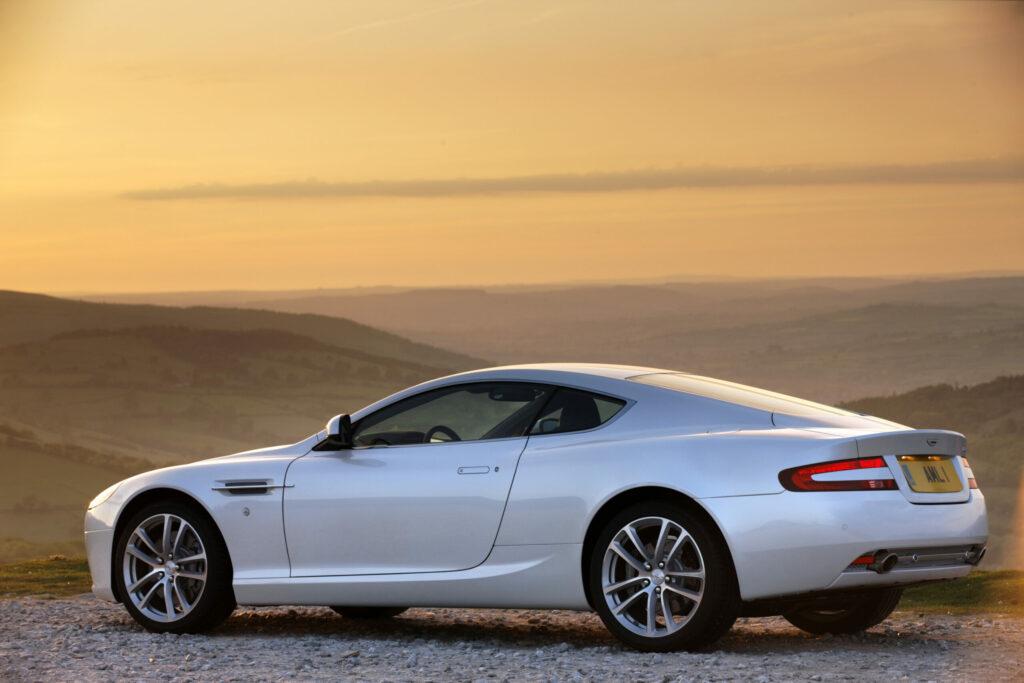
The mostly aluminium body has few problems with rust, but corrosion can occur on the edges of certain panels. Check the wheelarches, doors and bootlid carefully. The bonded panels are not easy to repair, and few specialists have the necessary skills to do so. Stone chips on the front bumper can lead to further paint damage if left unattended, and check beneath the car for evidence of any poorly repaired panels or a scraped undercarriage.
Check that the roof mechanism on Volantes operates smoothly and there are no tears in the fabric. Fixing the top can be a labour-intensive job to rectify.
INTERIOR
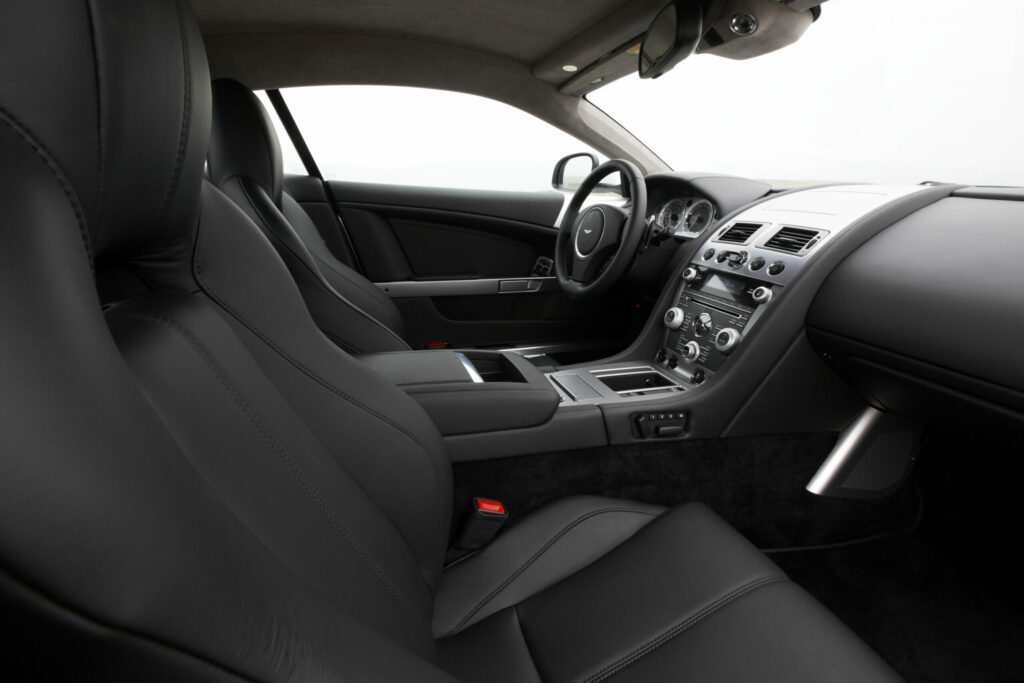
The interior is hard wearing, and the seats and door trim should still be in good condition. A well worn driver’s-side bolster and scuff marks on the handles and buttons may be evident on multiple-owner cars or high-mileage examples.
Cockpit creaks and rattles might be present on some models, but this is normal. More frustrating are issues with the early Linn audio systems, which tend to be unreliable. The later Alpine units are far better, and some owners may have fitted aftermarket units, too.
A recall concerning the failure of the controls for the heated seats affected all 2006-2014 cars. Other electronic issues can dog the tyre pressure-monitoring system, controls for the electric seats and the aforementioned automatic gear selector.
WHICH ASTON MARTIN DB9 TO BUY
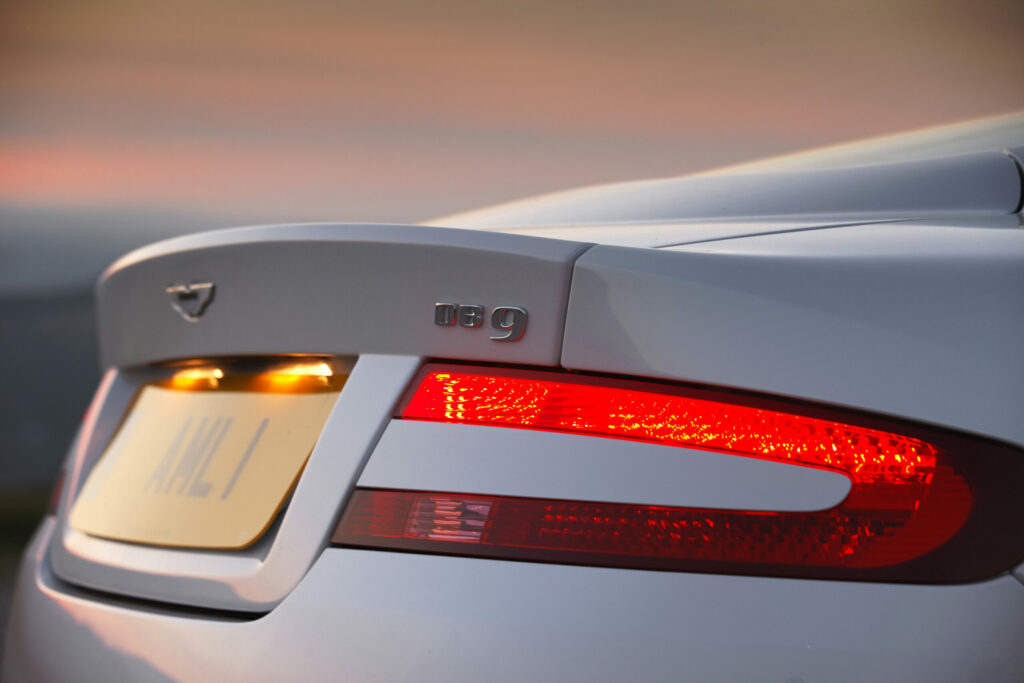
The DB9 has inevitably had to make way for the next wave of newer and faster rivals, but over the years it has lost very little of its original allure. Moving on to modern-classic status also means it can trade more heavily on its subjective strengths.
Early cars can be found for temptingly low amounts, especially ones with patchy histories. However, this is false economy, and rectifying an abused DB9 is not for the faint hearted. There’s no need to avoid an early but well cared-for high-miler, though – yet post-2009 models offer a bit more power and some useful updates that may be worth the extra outlay.
The most sought-after DB9s are the post-2011 limited editions. The very rare manuals with restrained colour schemes and the optional Sport Pack suspension also tend to command a premium. Volantes are desirable, too, although few were ever ordered with the manual transmission. Either way, there are plenty to choose from, so take your time and make sure to check over each potential purchase thoroughly.
Having been out of production for five years, the DB9 is still modern enough to be enjoyed regularly. Yet, just like its predecessors, when the time arrives it will become a highly valued addition to anyone’s classic car collection. For now, though, it offers a sublime mix of classic Aston charm and daily usability that makes it the perfect grand tourer.
Aston Martin specialist Nicholas Mee provided the technical details for this article. The Hertfordshire-based company is Magneto‘s recommended vendor for all your DB9 needs.
WHAT TO PAY
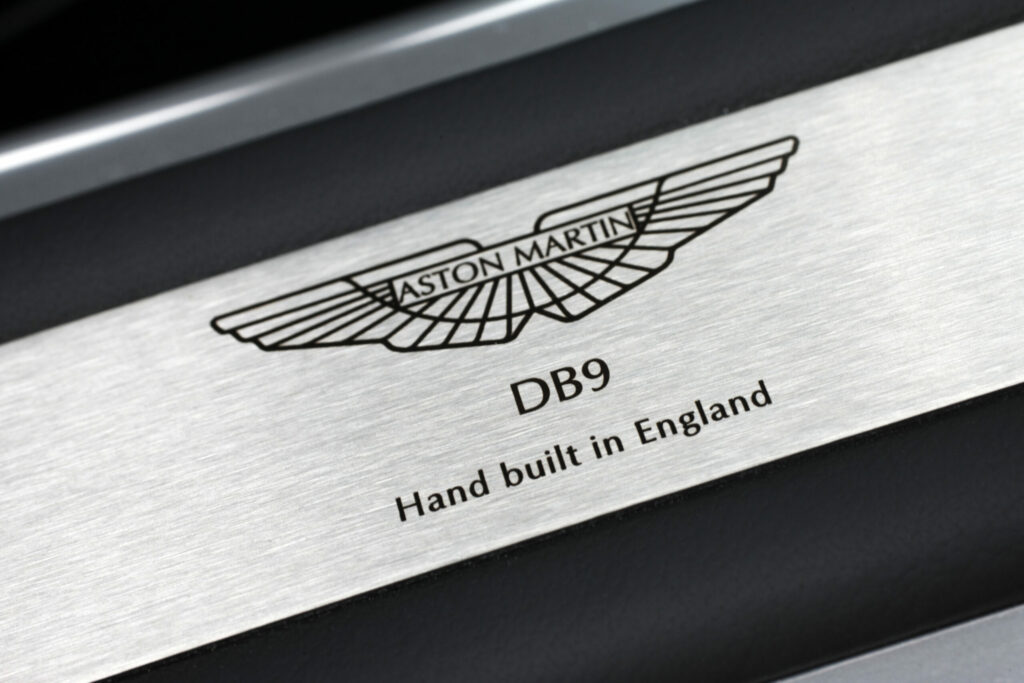
(2005 DB9 Coupé, UK)
Fair: £21,000
Good: £26,800
Excellent: £38,300
Concours: £49,700
(2005 DB9 Coupé, US)
Fair: $33,700
Good: $42,600
Excellent: $50,700
Concours: $62,100
SPECIFICATIONS
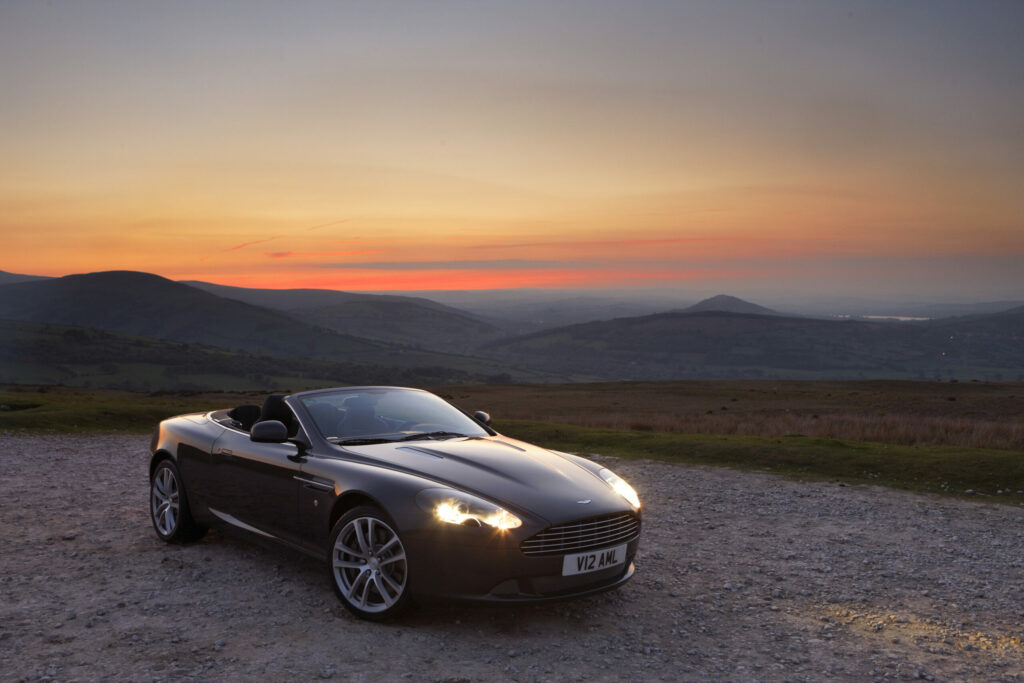
5.9-litre V12 2004-2009
Power: 450bhp
Top speed: 186mph
0-60mph: 4.8 seconds
5.9-litre V12 2009-on
Power: 470bhp
Top speed: 190mph
0-60mph: 4.6 seconds
5.9-litre V12 2013-on
Power: 510bhp (540bhp: GT and Bond Edition)
Top speed: 190mph
0-60mph: 4.5 seconds (4.4 GT and Bond Edition)
